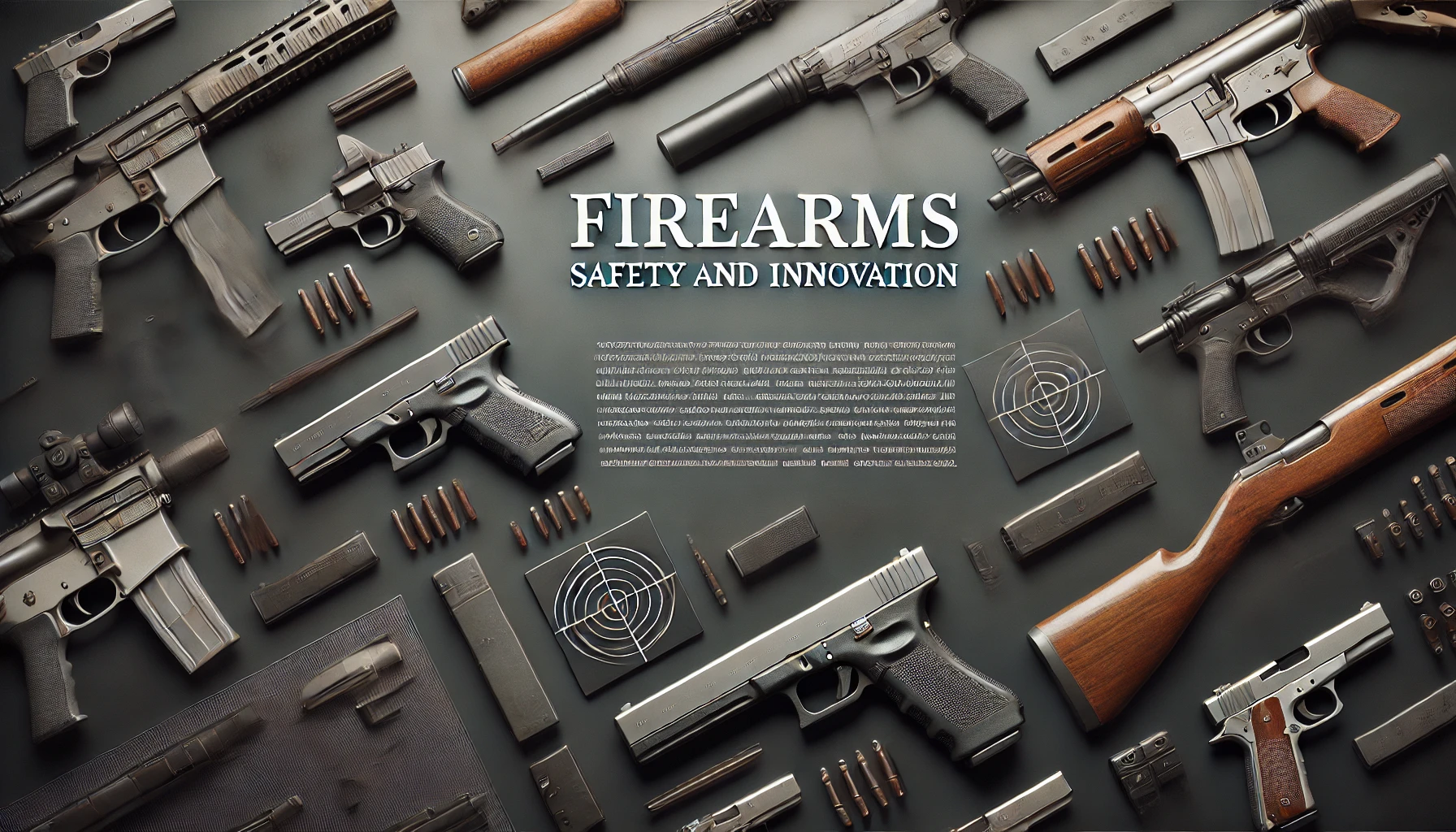Firearms, a term often surrounded by both intrigue and controversy, are instruments of significant impact in various societal aspects, from personal protection to sporting activities. Understanding the firearms concept, their types, legal definitions, and their roles within families and history offers a clearer perspective on their multifaceted nature.
Also Read:- BlackRecon: Your Guide to Precision and Excellence
What Exactly Are Firearms?
At its core, the firearms definition refers to a range of devices designed to launch one or more projectiles at high speed by the gases produced through the rapid, confined burning of a propellant. This simple yet powerful mechanism has evolved through centuries, shaping their development from rudimentary hand cannons to sophisticated, precision-engineered pieces of modern technology.
The Diverse Types of Firearms
When delving into what are the 4 types of firearms, it’s essential to categorize them based on their functionality and usage:
- Handguns – Compact and designed for hand-held use, including revolvers and pistols.
- Rifles – Designed for precise shots at long distances, rifles have a grooved barrel to impart a spin to the bullet, enhancing accuracy.
- Shotguns – Known for firing multiple small projectiles at once, shotguns are ideal for hunting and sporting scenarios.
- Automatic Firearms – Capable of firing multiple rounds with one pull of the trigger, these are typically restricted to military and law enforcement use.
Each type serves distinct purposes, tailored to specific needs and legal frameworks, which brings us to another critical aspect: the legal definition of firearms. Legally, firearms are regulated by laws that define their ownership, use, and sale to ensure public safety. It’s important to consult local regulations to understand the legal implications of firearm ownership and use in your area.
Firearms in the Family and Cultural Context
Family firearms often carry a heritage significance, passed down through generations as both heirlooms and tools for personal protection or hunting. The sentimental value intertwined with these firearms elevates their significance beyond mere functionality, embedding them deeply into family traditions and cultures.
In contrast, classic firearms stand out for their historical value and craftsmanship. Collectors and historians value these pieces for their unique characteristics that narrate the evolution of firearm technology and aesthetics over decades.
Ensuring Compliance and Safety
Navigating the world of firearms is not only about appreciating their mechanical and historical aspects but also about understanding the responsibilities attached to their ownership. Safe handling, proper storage, and adherence to legal requirements are paramount to prevent accidents and ensure the safety of both owners and the public.
FAQs About Firearms
- What legal procedures must be followed when purchasing a firearm?
- Legal procedures vary by region, typically involving background checks, permits, and sometimes training courses.
- How can one ensure safe storage of firearms at home?
- Firearms should be stored unloaded, locked in a secure cabinet or safe, and separate from ammunition.
- What are the best practices for maintaining a firearm?
- Regular cleaning, proper lubrication, and periodic checks by a professional are crucial to maintaining a firearm’s functionality and safety.
- Can firearms be transported for travel?
- Yes, but it usually requires specific cases and adherence to transportation laws and regulations.
- What impact do firearms have on personal security?
- Firearms can enhance personal security when used and stored responsibly, though they also require understanding risks and legal responsibilities.
This exploration into the world of firearms reveals their deep-rooted presence in various facets of life and underscores the importance of responsible ownership and thorough understanding of their legal, societal, and cultural implications. Whether for personal security, sporting purposes, or cultural appreciation, firearms remain a potent symbol of both heritage and responsibility.

